Chemiluminescence: Illuminating the Future
As one of the main methods in the field of in vitro diagnosis, immune diagnosis utilizes immunological principles to design a series of experimental methods to detect antigens, antibodies, immune cells, and their secreted cytokines. Through these experimental methods, immune reactions within the human body can be quickly and accurately detected, assisting doctors in disease diagnosis and treatment monitoring.
Immunodiagnostic techniques mainly include Enzyme-linked immunosorbent assay (ELISA), Immunofluorescence, Chemiluminescent Immunoassay Assay (CLIA), Colloidal gold, etc.
After updating and iteration, CLIA has developed into the current mainstream immunological detection due to its advantages of high sensitivity, high specificity, high throughput, high stability, and ease of operation.
Classification
The main CLIA can be roughly divided into three categories based on their different markers: Direct chemiluminescence, Enzymatic chemiluminescence and Electrochemiluminescence (ECL).
Basic Principles of CLIA
1)Direct chemiluminescence
Direct labeling of antigen or antibody with chemiluminescent agents involves the binding of corresponding antibodies or antigens in the test sample, followed by the addition of a luminescence enhancer for a luminescent reaction. Quantitative detection is then performed by measuring the intensity of luminescence.
Direct chemiluminescence generates luminescence instantaneously, but the reaction system cannot be pre-mixed, and the luminescence duration is short, with weak intensity, uncontrollable start and stop times, and uneven distribution of light signals.
The characteristic of this method is its fast luminescence speed, typically completed in a few seconds, and a simple reaction system.
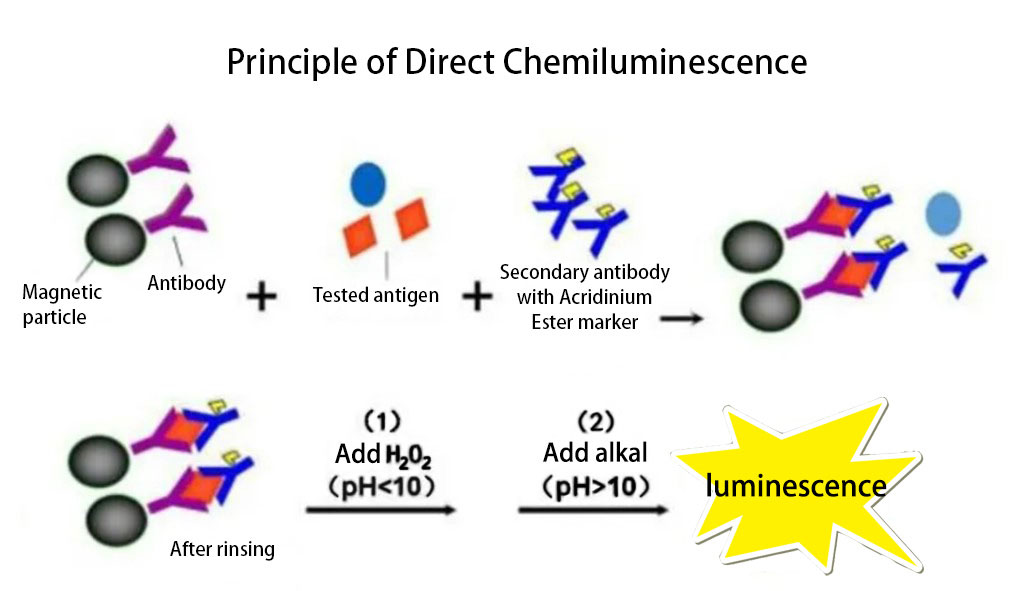
2)Enzymatic chemiluminescence
Using a specific enzyme as a marker, luminescence is generated through the action of the enzyme-generated product on the luminescent substance. Quantitative detection is then performed by measuring the intensity of the luminescence.
Luminescence is produced by emitting fluorescence after an enzymatic reaction. The reaction system cannot be pre-mixed, and the luminescence duration is short, with weak intensity, uncontrollable start and stop times, and uneven distribution of light signals.
Due to the use of enzymatic catalysis of the substrate, the luminescence speed is slightly slow. Additionally, enzymes are active substances that can be easily affected by pH and temperature.
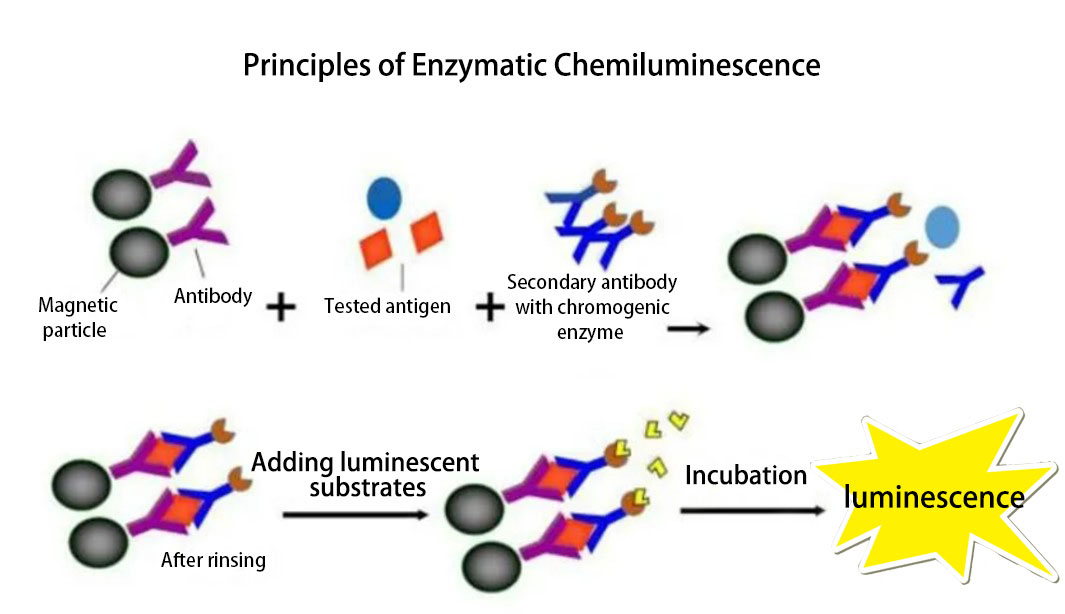
3)Electrochemiluminescence (ECL)
Electrochemiluminescence is the result of the electric field's participation in chemiluminescence. It refers to the quantitative detection of luminescence intensity through the application of a certain voltage for electrochemical reactions.
By using electroluminescence, the reaction system can be fully mixed, and it has the characteristics of a long luminescence duration, high luminescence intensity, controllable start-stop time, and even distribution of light signals.
Electrochemiluminescence is highly sensitive and allows for marker recycling. However, the excitation process is complex, and the technical threshold and cost are high. Detection time is longer compared to direct chemiluminescence.
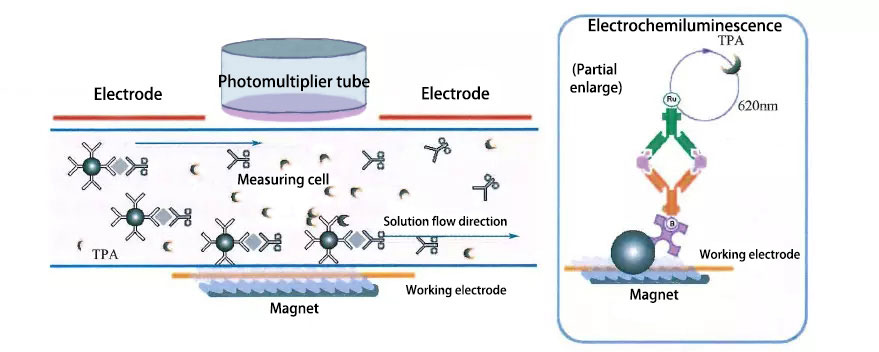
Chemiluminescence full set Reagent List
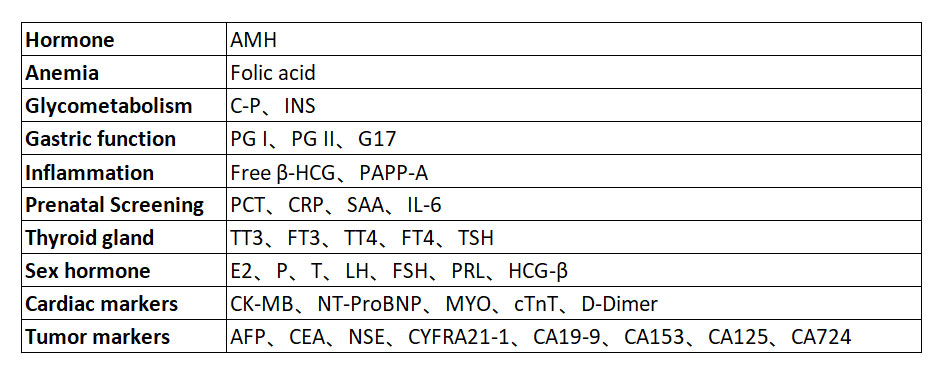
Advantages of SEKBIO
With over 40 regular projects
Supports Alkaline Phosphatase (AP) system and Acridinium Ester (AE) system
Provides characteristic projects such as folic acid, VB12, 25-OH-VD, FDP, etc
High sensitivity
High repeatability
Good correlation
Self produced raw materials, stable and controllable product quality
Performance demonstration of some projects
IL-6

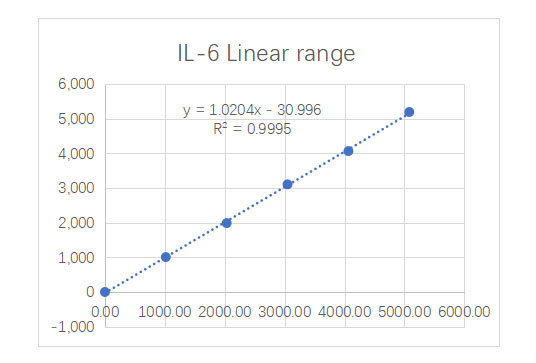
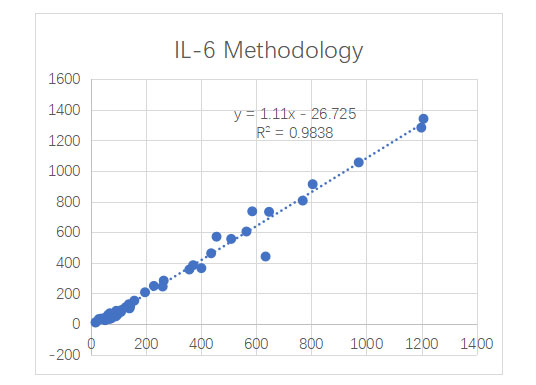
ProGRP

SEKBIO's proGRP tumor marker includes Mouse anti-human ProGRP mAb, Humanized anti-human ProGRP mAb, and Recombinant human proGRP 31-98 fragment (Prokaryotic expression).
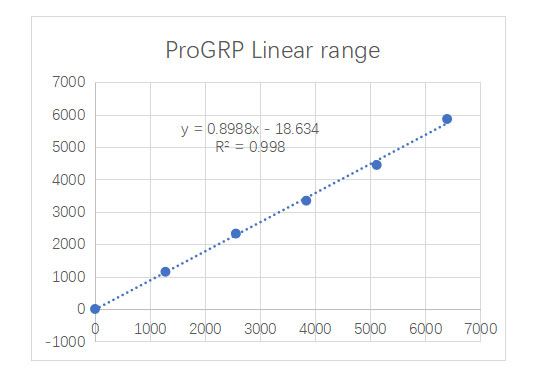
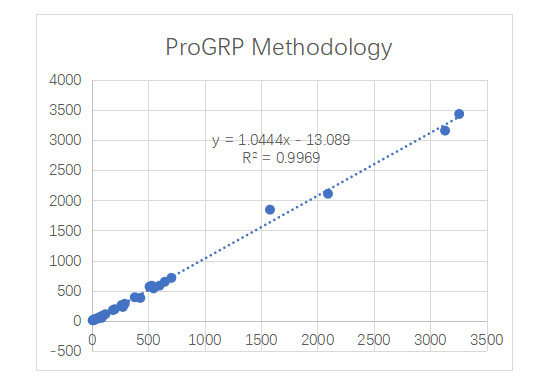
Shenzhen SekBio is a technology-based company dedicated to reagent development and CDMO services, aiming to develop more accurate IVD diagnostic products.
Our main products and services include chemiluminescence full set reagents, CDMO services, chemical reagent labeling services, ELISA reagents, monoclonal antibody development, etc.
At present, SEKBIO has established good cooperative relationships with multiple clients in Europe, North America, and Asia, and has achieved excellent results.
Thank for your reading! If you want to learn more, please feel free to contact us :
ATTN: Jack sun (Global Sales Manager)
MOBILE: +86-13590345917
E-MAIL: sales@sekbio.com
Official website: https://www.sekbio.com/

















